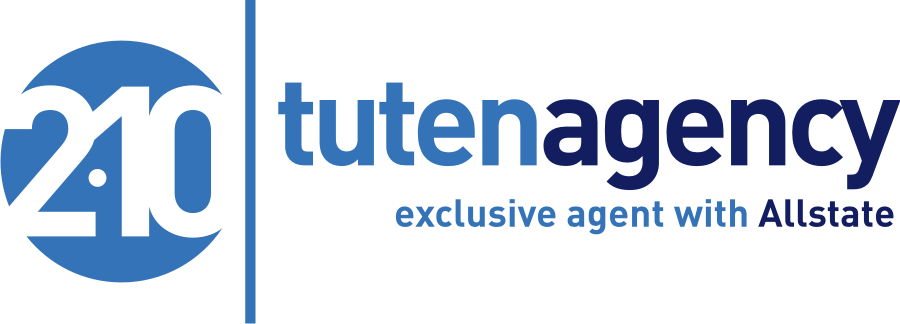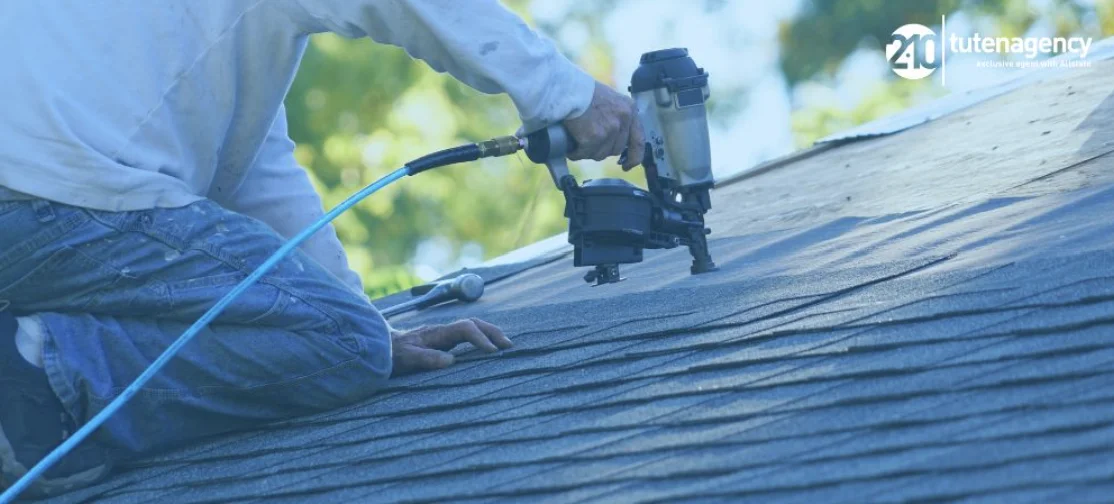Your home’s roof is exposed to harsh elements every day—from the blazing sun and pouring rain to heavy winds and potential hailstorms. This continuous exposure means it’s vital to maintain your roof regularly to avoid serious damage that can be costly to repair. This guide will provide a comprehensive look at why regular roof maintenance is crucial and offer tips on detecting early signs of wear and damage.
Recognizing Signs of Roof Damage
Outside Your Home
Keeping your roof in good condition is essential for your home’s safety and durability. Begin your inspection by looking for these obvious signs of roof damage:
-
Missing or Damaged Shingles
If you notice shingles that are missing, curling, or appear broken and cracked, these are indicators that your roof may need repairs or a closer inspection by a professional.
-
Granular Loss in Gutters
Shingles are coated with granules that protect them from UV rays. Over time, these granules may loosen and collect in your gutters. While some granular loss is expected, excessive accumulation can indicate significant shingle wear.
-
Blistering Shingles
Moisture trapped beneath the shingles can cause blisters that, when heated, may break and compromise the integrity of the shingle surface.
-
Algae Stains
Look for dark streaks or stains caused by algae growth. This is common in humid climates and can slowly deteriorate shingles over time.
-
Inspect Flashings:
Check the metal flashings around chimneys and vents for signs of rust, cracks, or looseness. If not properly maintained, these areas are vulnerable to leaks.
Inside Your Home
The condition inside your attic can offer clues about your roof’s health:
Check for water stains or dark spots on the rafters and roof decking, especially near chimneys, vents, and skylights, which are common leak locations.
-
Mold:
Visible mold on the underside of the roof can indicate excessive moisture, often due to inadequate attic ventilation.
-
Sagging Decking:
If the roof decking appears saggy or warped between the rafters, it’s a sign of potential structural damage from long-term leaks
-
Blocked Vents:
Ensure that attic vents are not obstructed by insulation or stored items. Proper ventilation prevents moisture buildup and heat accumulation, which can damage your roof over time.
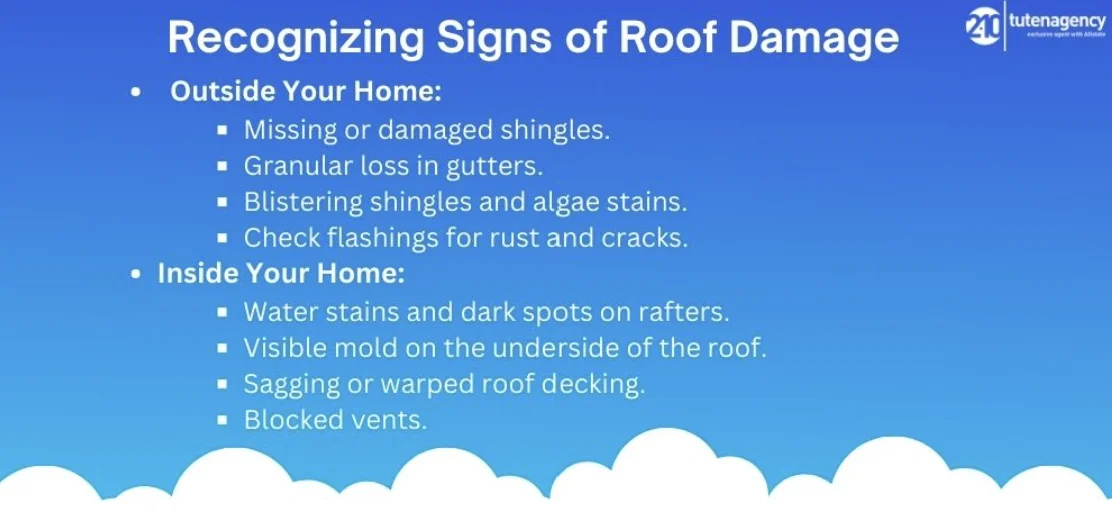
Maintaining Your Roof’s Health
Preventative maintenance is key to extending your roof’s lifespan and minimizing repair costs:
- Clear Debris: Regularly clear leaves, twigs, and other debris from your roof, gutters, and downspouts regularly. This helps prevent water buildup and promotes proper drainage.
- Check for Pooling Water: Standing water on the roof, especially after rain, suggests poor drainage and could lead to leaks and structural damage if not addressed.
- Professional Inspections: Schedule periodic inspections with roofing professionals, particularly after extreme weather events, to catch and address minor issues before they escalate.
When to Consider Roof Replacement
Despite maintenance, every roof has a lifespan:
-
Age and Condition:
Consider the age of your roof and the severity of any damage. Depending on the materials used and the quality of the installation, roofs are typically built to last 15 to 50 years.
-
Frequent Repairs:
Should you notice an increase in the frequency and cost of repairs, it might be more economical to consider replacing the roof in the long run.
-
Building Codes and Regulations:
Check local building codes regarding re-covering existing roofs. Some regulations restrict adding new layers over old ones, particularly in regions prone to severe weather.
Choosing the Right Roofing Material
When it’s time for a new roof, choosing the right material is crucial:
Popular for their affordability and effectiveness in various climates. They come with different ratings for fire, wind, and impact resistance.
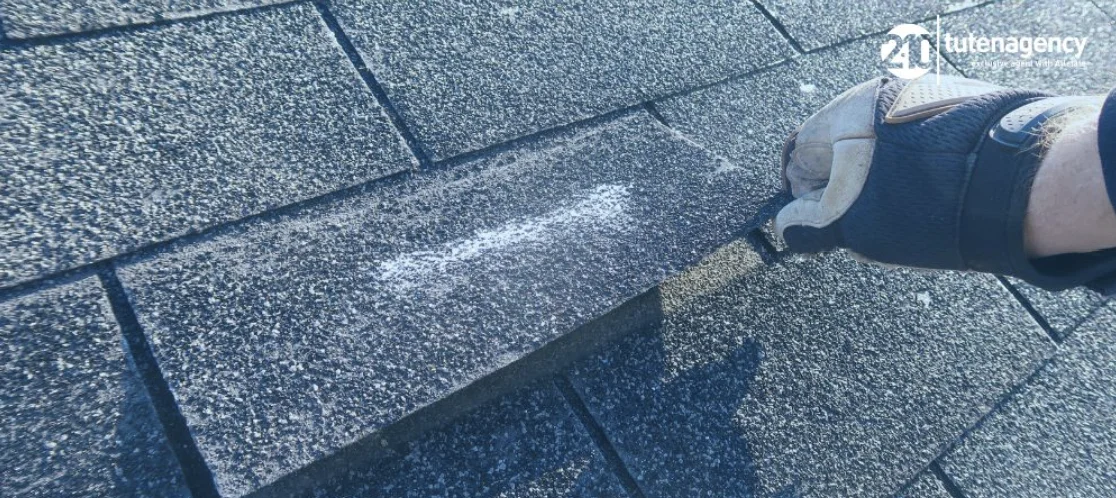
-
Slate and Metal:
While more expensive, these materials offer longevity and durability. Slate is aesthetically pleasing but heavy, while metal is lightweight and performs well under extreme weather conditions.
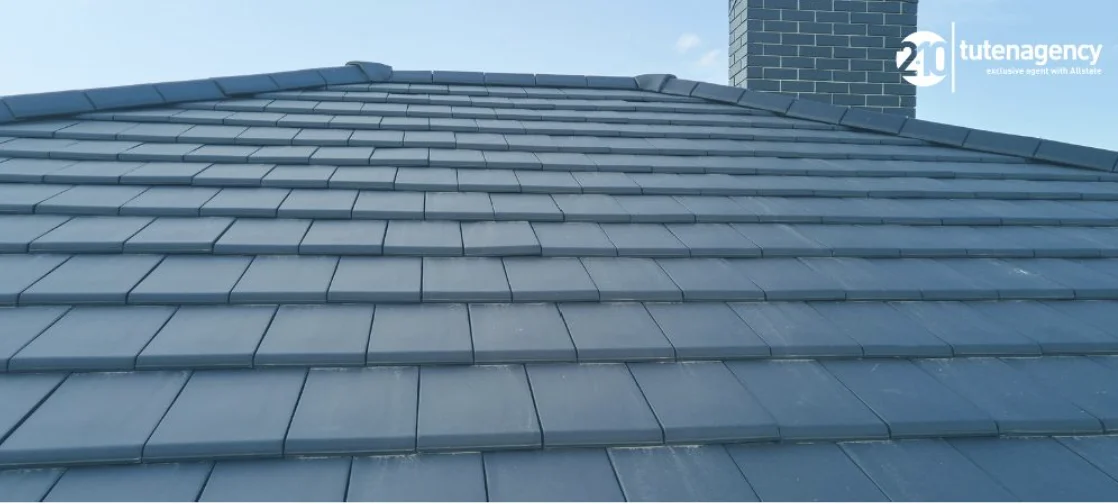
-
Synthetic Roofing:
These materials are designed to resemble natural wood or slate while providing improved resistance to fire and impacts.
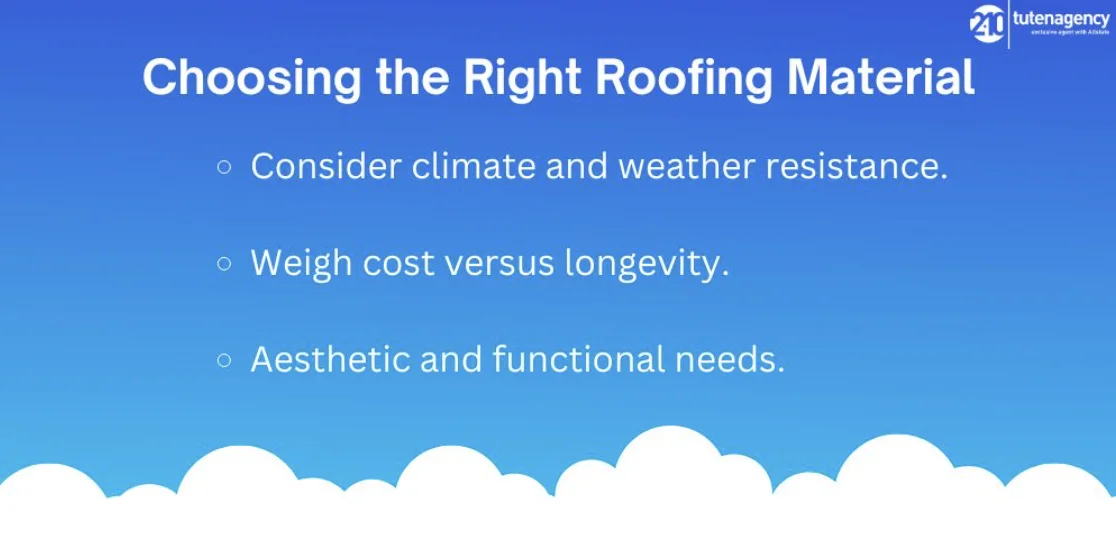
Consider the material’s resistance to fire, wind, and impacts, especially if you live in an area prone to severe weather. This can ensure your roof’s durability and safety.
Summary
Consistent upkeep and immediate repairs are key to prolonging your roof’s lifespan and avoiding unforeseen repair expenses. By actively looking for signs of damage and resolving problems early, you can safeguard your home and maintain your roof in excellent condition for many years.
FAQs
What are the most common causes of roof leaks?
Common causes include cracked or missing shingles, broken or improperly sealed flashings, clogged gutters causing water to back up under shingles, and cracked vent booting. Age-related wear and tear can also lead to leaks.
How can I tell if my roof needs to be replaced rather than repaired?
Signs that a roof might need replacement include widespread damage, such as numerous leaking areas, extensive loss of granules, brittle or curled shingles, and evidence of water damage or rot in the attic. A professional assessment is the best way to determine if a repair will suffice or if a replacement is necessary.
How does severe weather affect my roof?
Severe weather can cause immediate damage such as tearing off shingles or causing impact damage from hail. Long-term effects include accelerated aging from UV exposure and thermal shock when temperatures fluctuate rapidly, causing materials to expand and contract excessively.
What should I do if I find moss growing on my roof?
Moss can damage roofing materials by retaining moisture against the roof surface. It’s best to have it removed by a professional roof cleaner who can ensure that the underlying roofing materials are not damaged during the cleaning process.
Get the right coverage for your home with tutenagency
New tutenagency customers?
Quote homeowners insurance online or call (334) 502-5111 to insure your home.
Legal Disclaimer: ADVERTISING MATERIAL ONLY. Do not rely on this site or this article for legal or financial advice. The information provided on 210agency.com is strictly for educational purposes and to provide you with general educational information. Since state laws and financial regulations are subject to change, please schedule an appointment with an attorney or qualified financial advisor in your area to further discuss your personal situation. This public information is neither intended to, nor will it, create an attorney-client or financial representative relationship.
